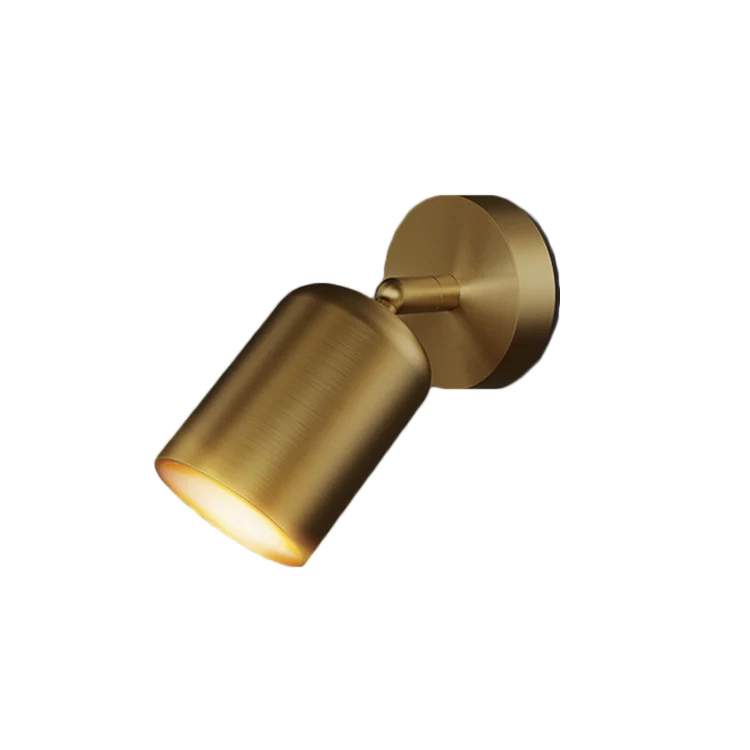LEAFLETS
PRODUCTS
Transform Your Rooms with Beautiful Floor Lamps
The Illuminating Power of Style and Design
The sheer variety of floor lamp styles available is astonishing, ranging from the sleek and minimalist to the ornate and extravagant. A minimalist, chrome floor lamp with a simple shade can lend a modern, almost futuristic feel to a living room, complementing clean lines and uncluttered surfaces. Conversely, a wrought-iron floor lamp with a richly textured fabric shade can inject a touch of vintage charm into a traditionally styled bedroom, adding warmth and a sense of old-world elegance. The style you choose should reflect your personal aesthetic and the overall design scheme of the room. Consider the materials used – wood, metal, glass, or fabric – and how they interact with the existing décor. A floor lamp isn't just a source of light; it's a statement piece that contributes significantly to the room's visual narrative.
Beyond the overall style, the shade plays a vital role. The shape, size, and material of the shade dramatically influence the quality and direction of the light. A conical shade directs light downwards, perfect for reading or task lighting. A drum shade provides a softer, more diffused illumination, ideal for creating a relaxing atmosphere. Consider the color of the shade as well; darker shades absorb more light, while lighter shades reflect it, influencing the overall brightness of the room. Experimenting with different shade styles and materials can dramatically alter the mood and feel of the space, allowing you to tailor the lighting to specific activities and preferences.
Functional Flexibility and Placement Strategies
Floor lamps offer unparalleled flexibility in terms of placement. Unlike wall sconces or ceiling fixtures, they can be easily moved and repositioned to suit changing needs and preferences. Need a brighter reading corner? Simply move the floor lamp closer to your armchair. Want to create a more intimate atmosphere for a movie night? Adjust the lamp's position to cast a softer, more ambient glow. This adaptability is a significant advantage, allowing you to optimize your lighting according to your daily activities and the time of day.
Strategic placement is crucial to maximizing the impact of your floor lamp. Consider placing it near a seating area to provide task lighting for reading or working. In a bedroom, a floor lamp beside the bed offers a convenient and aesthetically pleasing nightlight. In a living room, a floor lamp can flank a sofa or armchair, creating a cozy and inviting atmosphere. Experiment with different positions to see how the light interacts with the room and the surrounding furniture. The goal is to create a balanced and harmonious lighting scheme that complements the overall design and function of the space.
Enhancing Mood and Ambiance with Light
The power of lighting to influence mood and ambiance is undeniable. Floor lamps, with their ability to be dimmed and positioned strategically, offer a nuanced approach to controlling the atmosphere of a room. A brightly lit room, illuminated by a high-wattage floor lamp, creates an energetic and vibrant atmosphere, perfect for socializing or working. Conversely, a dimly lit room, illuminated by a low-wattage lamp with a soft shade, creates a calm and relaxing environment, ideal for unwinding after a long day.
Beyond the brightness, the color temperature of the light also plays a crucial role in setting the mood. Warm-toned light (yellowish hues) is generally considered more relaxing and inviting, while cool-toned light (bluish hues) is often associated with alertness and productivity. Many modern floor lamps offer adjustable color temperature settings, allowing you to seamlessly transition between different moods and activities. This ability to customize the light to suit your emotional needs is a powerful tool in creating a truly personalized and comfortable living space.
From Practical Illumination to Artistic Accent
While functionality is undoubtedly important, the aesthetic contribution of a beautiful floor lamp should not be underestimated. A well-chosen floor lamp can serve as a focal point, drawing the eye and adding a touch of personality to a room. A uniquely designed lamp can become a conversation starter, reflecting the homeowner's individual style and taste. Consider the lamp's overall form, its materials, and its relationship to the other elements in the room. A floor lamp can be much more than just a light source; it can be a piece of art that enhances the overall aesthetic of the space.
Integrating a floor lamp into your room's décor requires careful consideration. The lamp's color, material, and style should complement the existing furniture and accessories. A bold, brightly colored lamp can add a pop of color to a neutral-toned room, while a more subdued lamp can blend seamlessly into the background. The key is to strike a balance between functionality and aesthetics, creating a space that is both visually appealing and functionally effective. The right floor lamp not only illuminates a room but also elevates its overall design, adding a layer of sophistication and personality.
In conclusion, the transformative power of beautiful floor lamps extends far beyond simple illumination. By carefully considering style, placement, light quality, and overall aesthetic integration, you can use floor lamps to dramatically enhance the ambiance, functionality, and overall appeal of any room. They are versatile, adaptable, and aesthetically pleasing additions to any home, capable of reshaping the character of a space and making it truly your own.
SUBSCRIBE
INQUIRY










